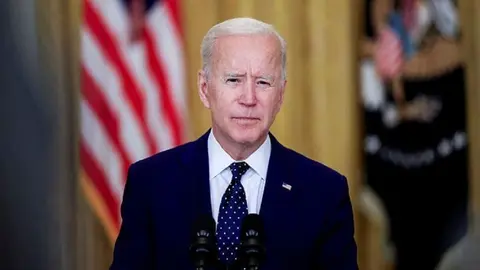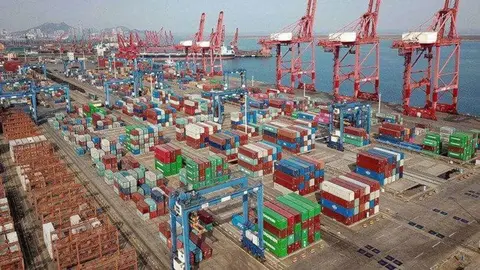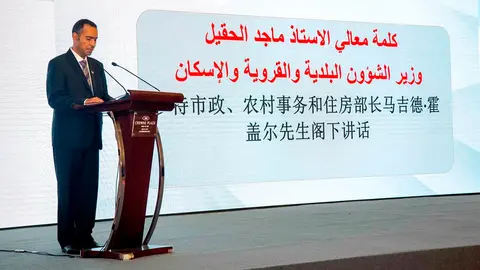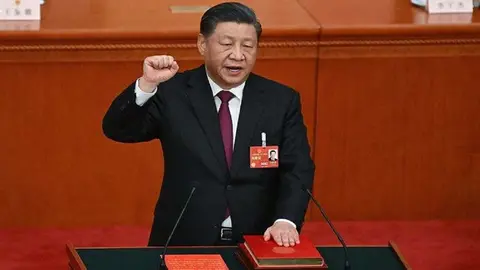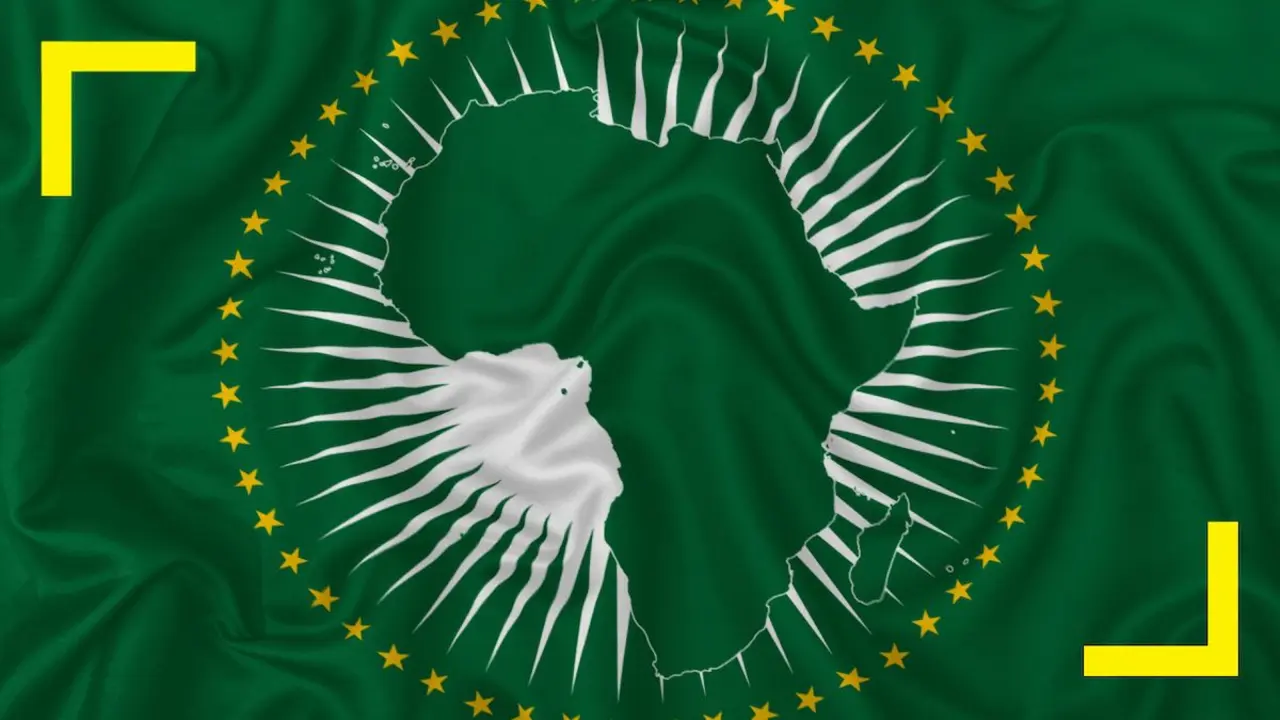Markets expect more stimulus to boost China's economy

The world's largest manufacturer accounts for more than a fifth of global consumption growth and 70% of oil growth.
Christoph Siepmann, senior economist at Generali Investments, highlights that the decision of the People's Bank of China (PBoC) to reduce the interest rate of the medium-term loan facility (MLF) by 15 basis points and the reverse repo rate by 10 basis points "was taken just before the publication of disappointing data on real activity". "So far, fiscal policy has only adopted a series of gradual measures that have failed to lift the mood," he stresses.
Real activity did not get off to a good start in the third quarter, with weaker than expected data after last week's trade data already showed new lows. The property sector remains a major drag. China's largest property developer, Country Garden, sought to delay the repayment of its bonds, adding to market concerns.
Headline inflation also turned negative at -0.3% year-on-year, driven mainly by food prices, while core inflation "doubled" to 0.8% year-on-year.
"Looking ahead, unless fiscal policy turns more supportive, we expect continued weakness. This is likely to prompt the PBoC to take further action. We continue to expect a 25 basis point cut in the reserve requirement rate and expect another 15 basis point reduction in the MLF rate and the reverse repo rate by the end of the year. We see the 5% growth target under threat," he notes.

Ben Laidler, global markets strategist at multi-asset investment platform eToro, notes that "China has been opening up its capital markets to foreign investors, but they remain relatively small on the global stage. And foreign investors underweight even these small levels, while the correlation between Chinese and global equities is low'.
"We see recent concerns about China's economic growth and debt as having limited impact on global markets, and are more concerned about rising US bond yields and oil prices. China is an economic giant, but a relatively modest country in the capital markets. Its stocks are already among the cheapest in the world, and foreign investors are already heavily underweight. Its GDP growth is disappointing and structurally down, but will remain one of the strongest in the world this year, while recent US GDP growth has lessened its immediate global impact. China has the policy flexibility to respond, from high real interest rates and domestic savings to capital controls, state-owned banks and its largely local currency debt. The response is likely to be measured, but it may be enough for the brave with such low expectations," he argues.
"China is the world's largest manufacturer, its second largest economy and the largest source of global consumption and commodity growth. It accounts for more than a fifth of global consumption growth this year and 70% of oil growth. This drives major economic linkages, from Germany (DAX) to Australia (ASX), but also from EVs to luxury, and from LVMH to NVIDIA and Rio Tinto. Its weak growth this year has been as much a symptom of the global manufacturing and trade downturn as it has been a consequence of its own consumer caution," he says.
"China has been opening its capital markets to foreign investors, but they remain relatively small on the world stage. And foreign investors underweight even these small levels, while the correlation between Chinese and global equities is low. Quite the contrary to the US, where equity, bond and currency markets are overweight. Similarly, Chinese equities are very domestic-focused, with less than 15% of revenues coming from overseas, one of the lowest figures in the world," he notes.
By contrast, Tiffany Wilding, PIMCO Economist and Managing Director, Allison Boxer, PIMCO Economist, and Carol Liao, PIMCO China Economist, point out that Chinese economic weakness and falling prices are likely to spill over to global markets, "which is good news in the short term for Western central banks' fight against inflation".
In PIMCO's view, China's efficient manufacturing industry has mitigated inflation, in contrast to Western economies that experienced high inflation due to excess demand and limited capacity after the pandemic. China, being the world's manufacturing hub and with its highly competitive production of consumer goods, has helped mitigate inflationary pressures.
However, deflationary risks remain, according to their analysis, due to declining global demand for Chinese products and the resulting overcapacity in the manufacturing sector.
Moreover, Beijing's government policies to stimulate growth have not been sufficient, which could have contagion effects in other developed markets. Chinese manufactured goods still dominate consumer goods markets in countries such as the US, which could influence inflation rates in those economies.
Therefore, PIMCO anticipates that the effects of these deflationary pressures from China on global consumer markets have only just begun.

